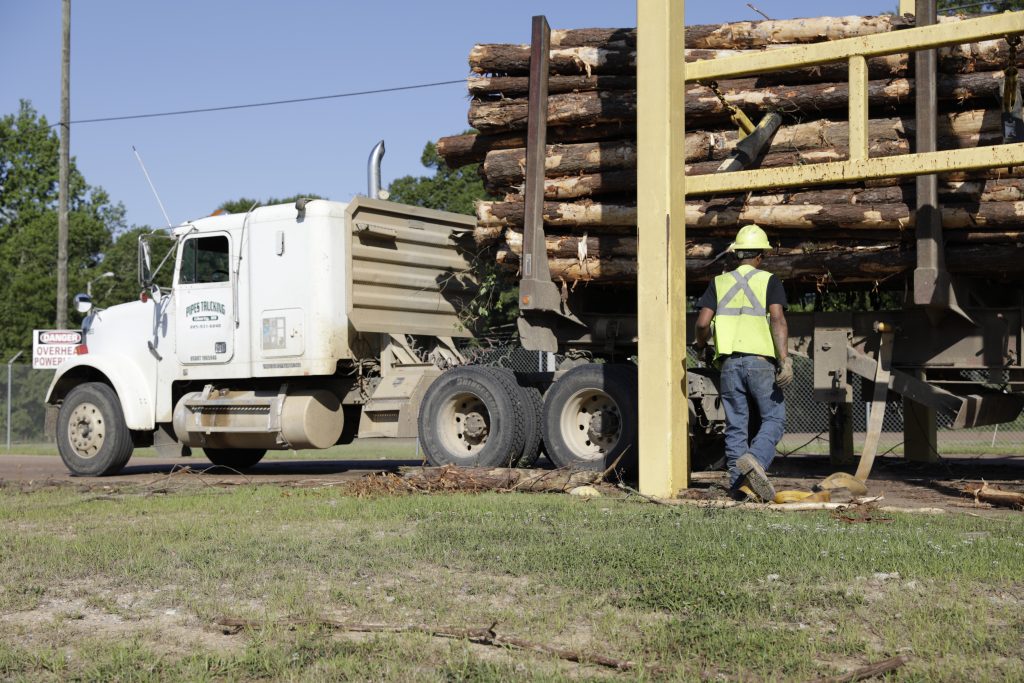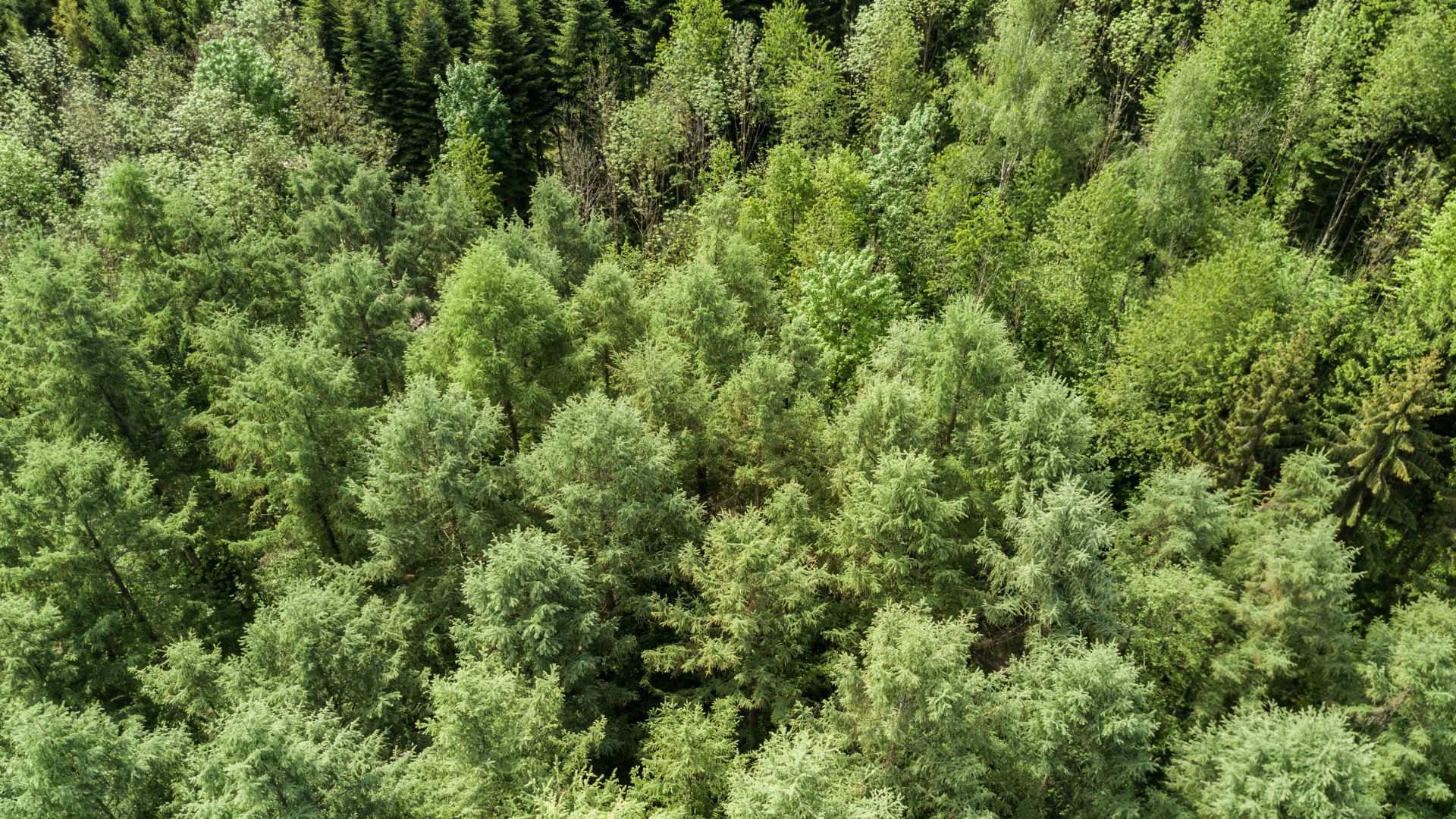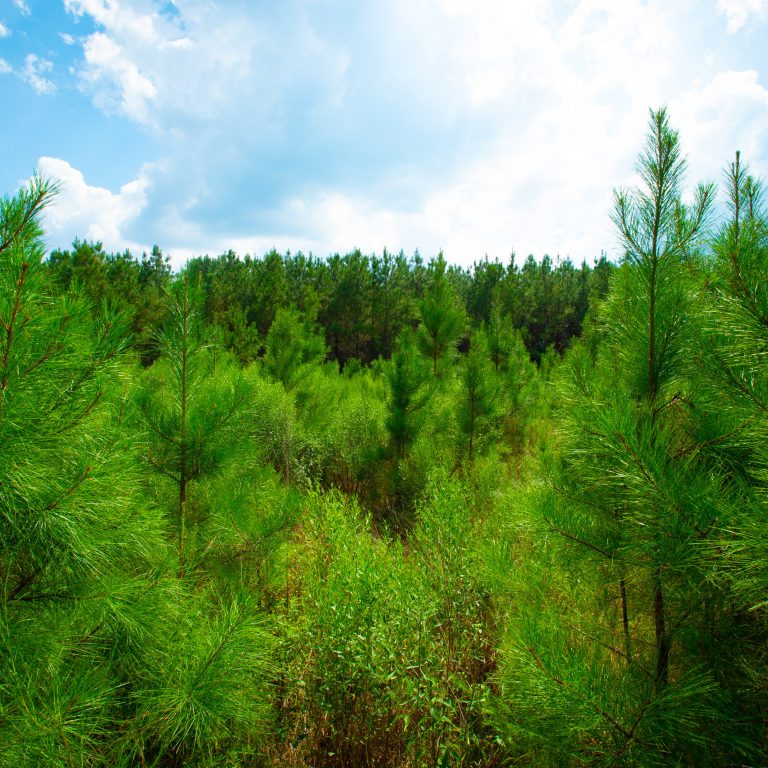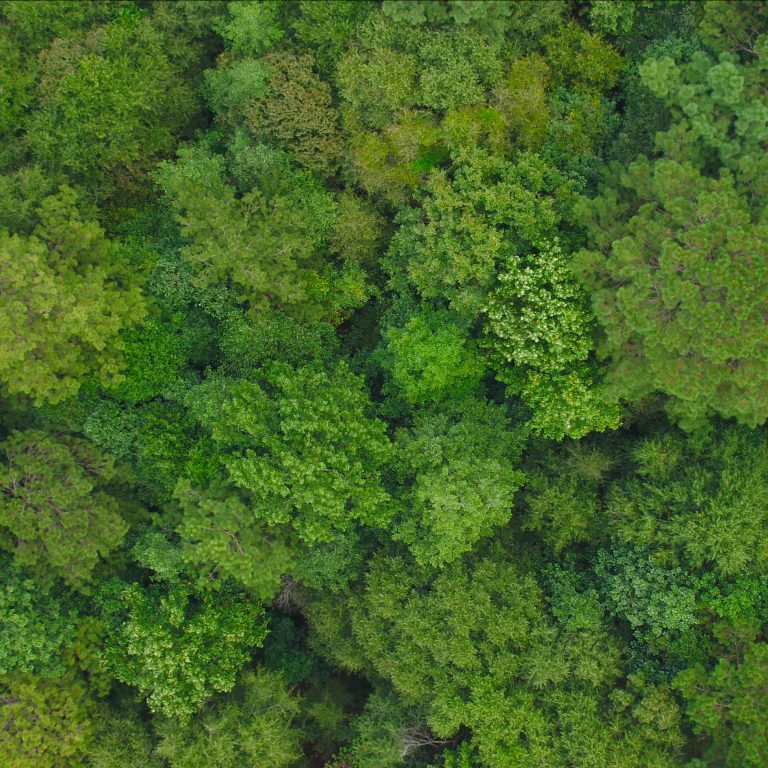Forests have long been places of mystery for people. It’s within a dark wood that Virgil and then Dante locate the gates to the underworld, while Shakespeare’s magical Midsummer Night’s Dream plays out in a mystical forest near Athens.
And while fairies and portals may be the stuff of fantasy, the forests that inspired them remain a source of mystery to this day.
Here are five more things you might not know about forests.

The forest sector employs more than 50 million people around the world
Employment is one of the major driving forces of global urbanisation as waves of people in both developed and less developed countries head to cities in search of better wages and living standards. But outside of cities, industries still thrive – particularly forestry, which officially employs 13.2 million people around the world.
The World Bank even suggests that by counting people in informal forestry employment and those who earn a living indirectly through forests, timber or fuel, the number of people professionally involved in forestry is closer to 54 million worldwide.
Forestry’s total contribution to global GDP is also sizeable. It currently adds an impressive $120 billion directly – a number expected to grow by as much as 50% over the next 10 to 15 years. Even more impressive is the contribution of the wider timber and wood product sector, which generates as much as $600 billion – 1% of global GDP, according to the World Bank.

We will soon be able weigh the world’s forests
We know forests blanket about 30% of the land on earth, but what about calculating the mass and volume of all those trees? That’s a different task entirely, but one which could offer important insights for sustainable forestry.
In 2021 the European Space Agency (ESA) will launch Earth Explorer Biomass, the first satellite to carry a P-band radar, which is capable of penetrating the forest canopies and capturing data on the density of tree trunks and branches. Essentially, it will be able to weigh the world’s forests.
Over the course of its five-year mission, it will produce 3D maps every six months, giving scientists data on forest density across eight growth cycles. The result will be a much clearer image of the amount of biomass present around the earth’s different forested areas and how it is changing over time as a result of carbon dioxide (CO2) absorption.
Forests are an energy source that clean up after themselves
For all the IKEA furniture made from wood, 50% of the world’s total wood production is still used for energy with some 2.4 billion people globally using it for heating, cooking and electricity generation.
The world’s forests have an energy content about 10 times that of the annual primary energy consumption, making it a hugely useful resource in helping meet energy demand – if it is managed and used in a sustainable way.
As with other energy sources that are combusted, wood releases CO2, . However, if this fuel is drawn from a responsibly managed forest or a sustainable system of growing forests, its carbon emissions are offset by new tree plantings, which absorb carbon as they grow. This means the only emissions produced are those that come from transporting the wood itself.
The US Food and Agriculture Organization predicts that by 2030, forestry mitigation – with the help of carbon pricing – could contribute to CO2 reductions of 0.2 to 13.8 gigatonnes a year.

Forests improve drinking water
Forests provide what’s known as natural infrastructure, which not only regulate water levels but also improve the quality of drinking water. Root systems and organic material like the leaves and twigs that make up the forest floor absorb water, reducing runoff and erosion. They also play a part in absorbing nutrients that are harmful to water quality.
The forest canopy further helps this process by releasing water vapour, helping regulate rainfall and providing protection against aerial drifts of pesticides, which can filter back into water systems.
Forests can suck up a third of CO2 emissions
While governments around the world look to shift to cleaner, renewable energy sources and cut emissions, forests have been silently tackling climate change for centuries. Over the past few decades, the world’s forests have absorbed as much as 30% of annual global human generated CO2 emissions. In fact, their ability to deal with fossil fuel-derived carbon emissions is even written into the Paris Climate Agreement.
While natural forests can contribute massively to sequestering (absorbing and storing) greenhouse gases, managed forests can play an even more powerful role.
Younger trees absorb more CO2 to fuel their rapid growth compared to older trees with stored carbon reserves. Managed forests, with regular thinning and replanting of trees, ensure there are plentiful numbers of these carbon-hungry young trees around the world.
Read the original 5 things you never knew about forests here.



















